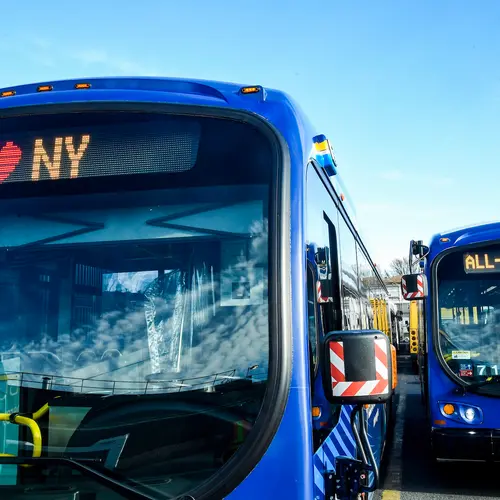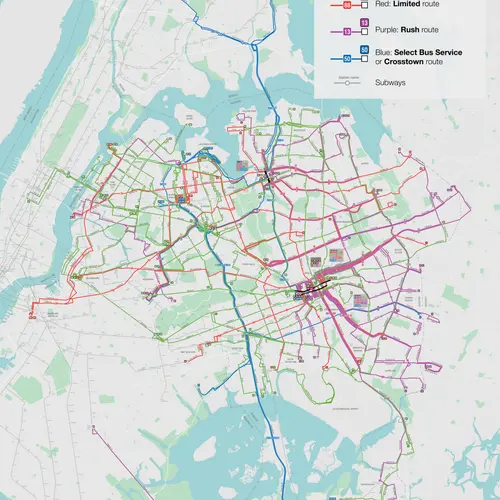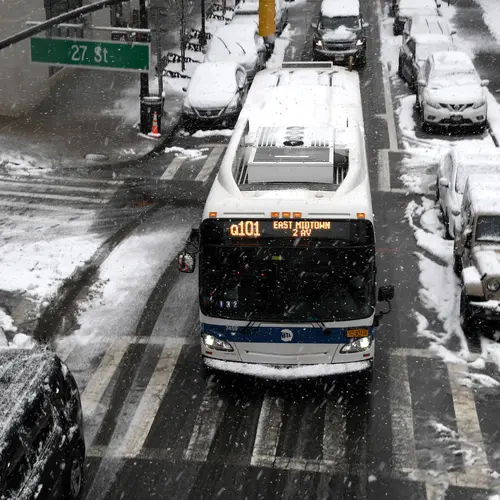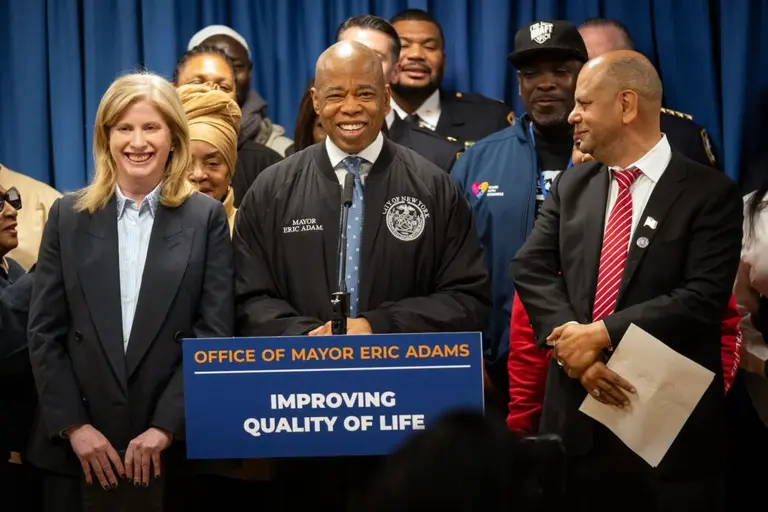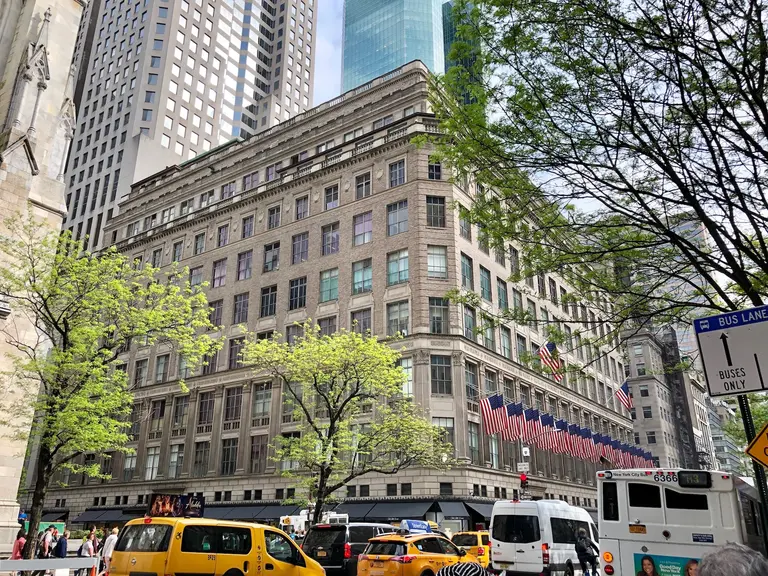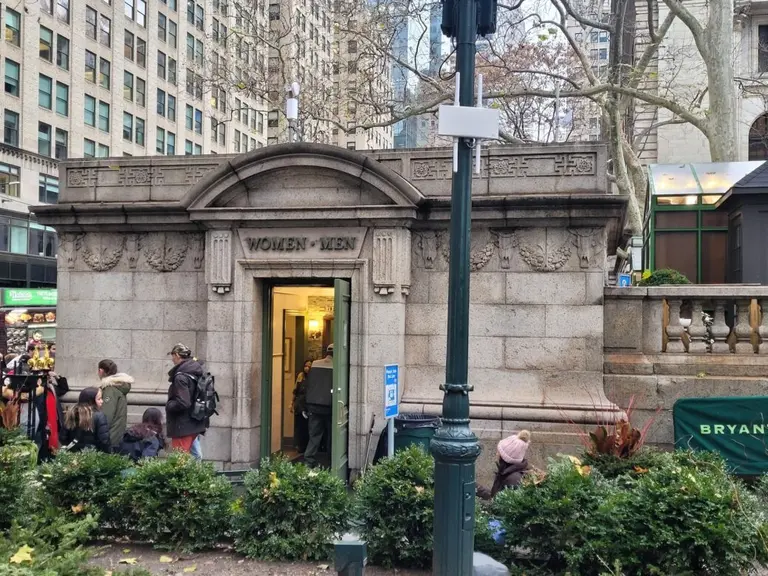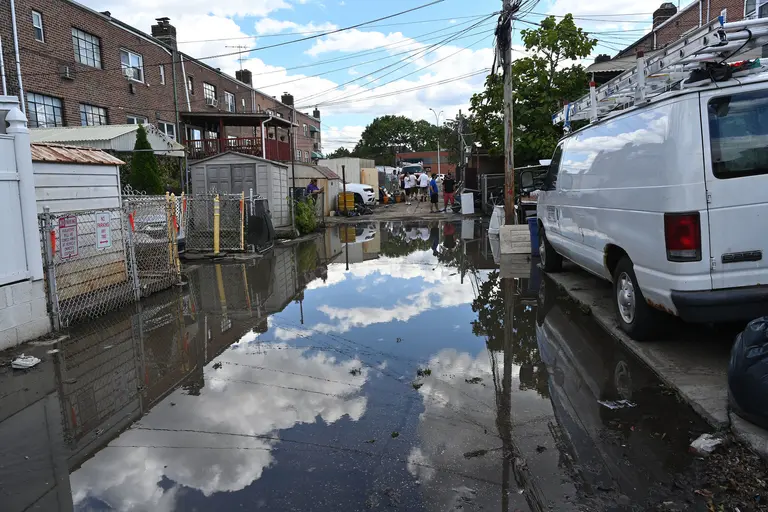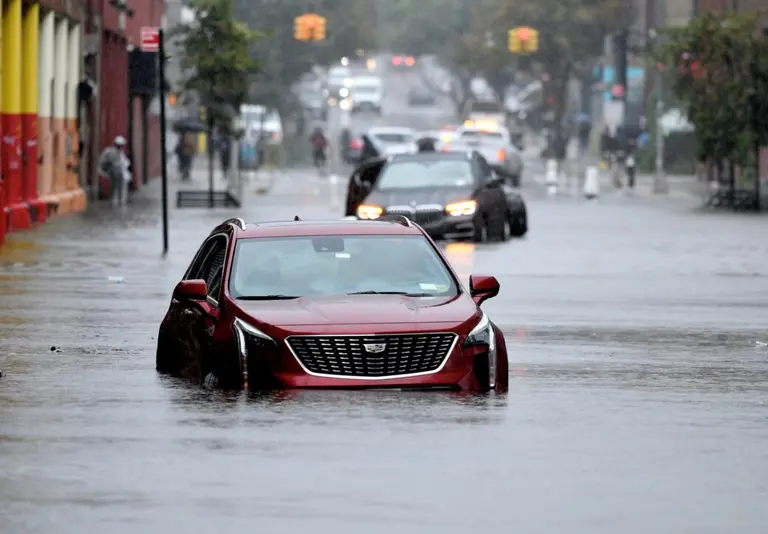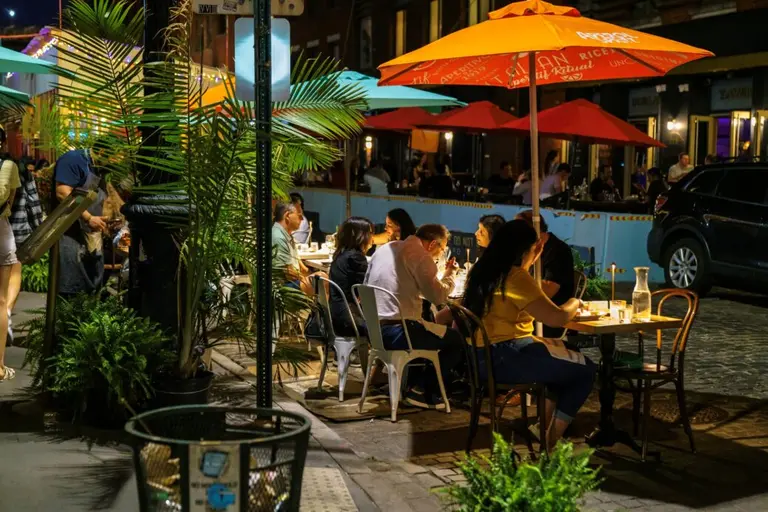MTA releases revised design for new bus network in Queens
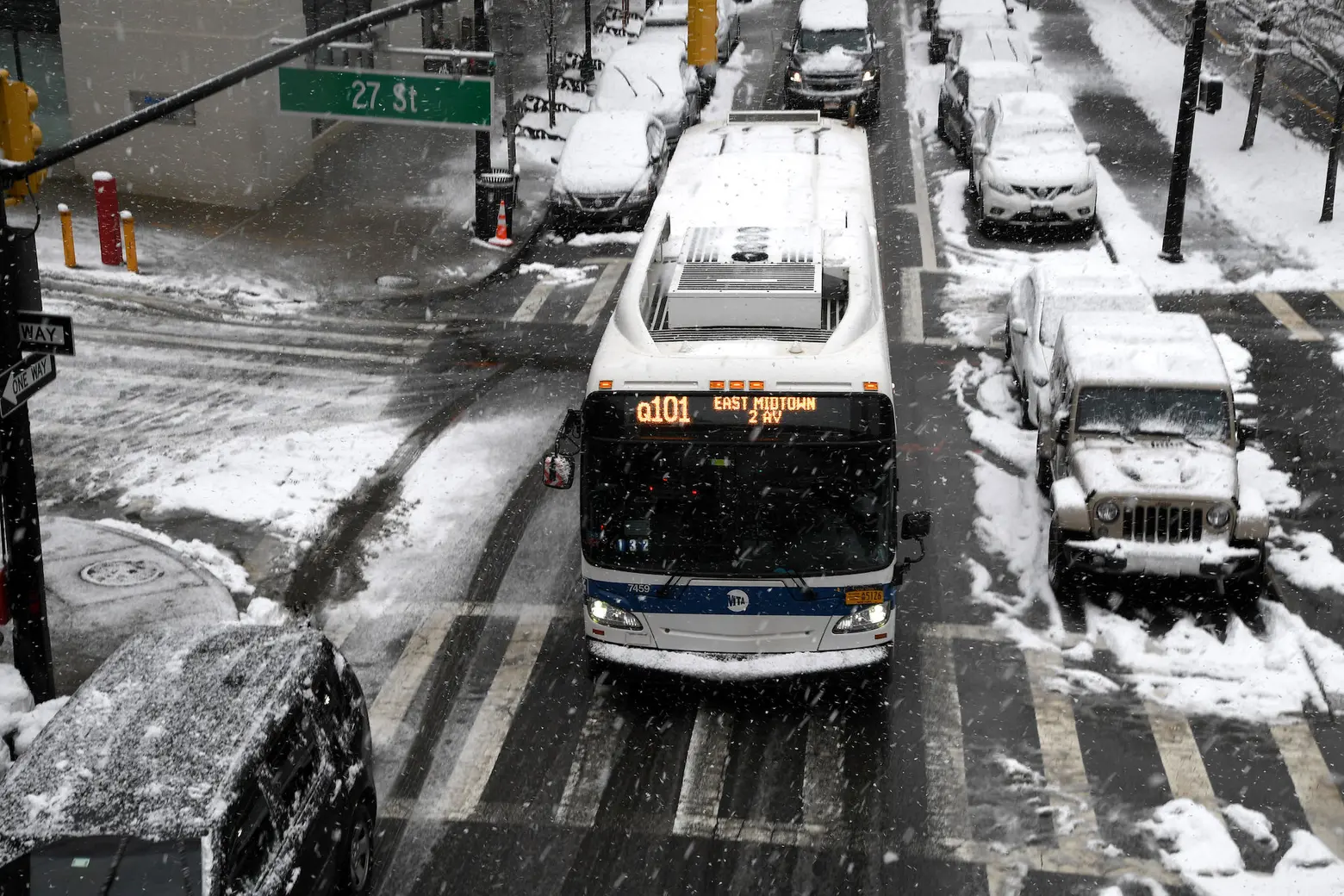
A Q101 bus travels through Queens Plaza North and 27th Street. Photo: Marc A. Hermann / MTA New York City Transit on Flickr
The Metropolitan Transportation Authority on Tuesday released a revised redesign of Queens’ sprawling bus network, aimed at making service faster and more reliable for commuters. After the agency’s first draft plan in 2019 was not received well by the public (and garnered an unprecedented 11,000 comments of feedback), the MTA returned to the drawing board. The updated proposal for the bus network, which has not been significantly updated in over 100 years, includes revamped routes, new interborough connections, and removing or consolidating other lines.
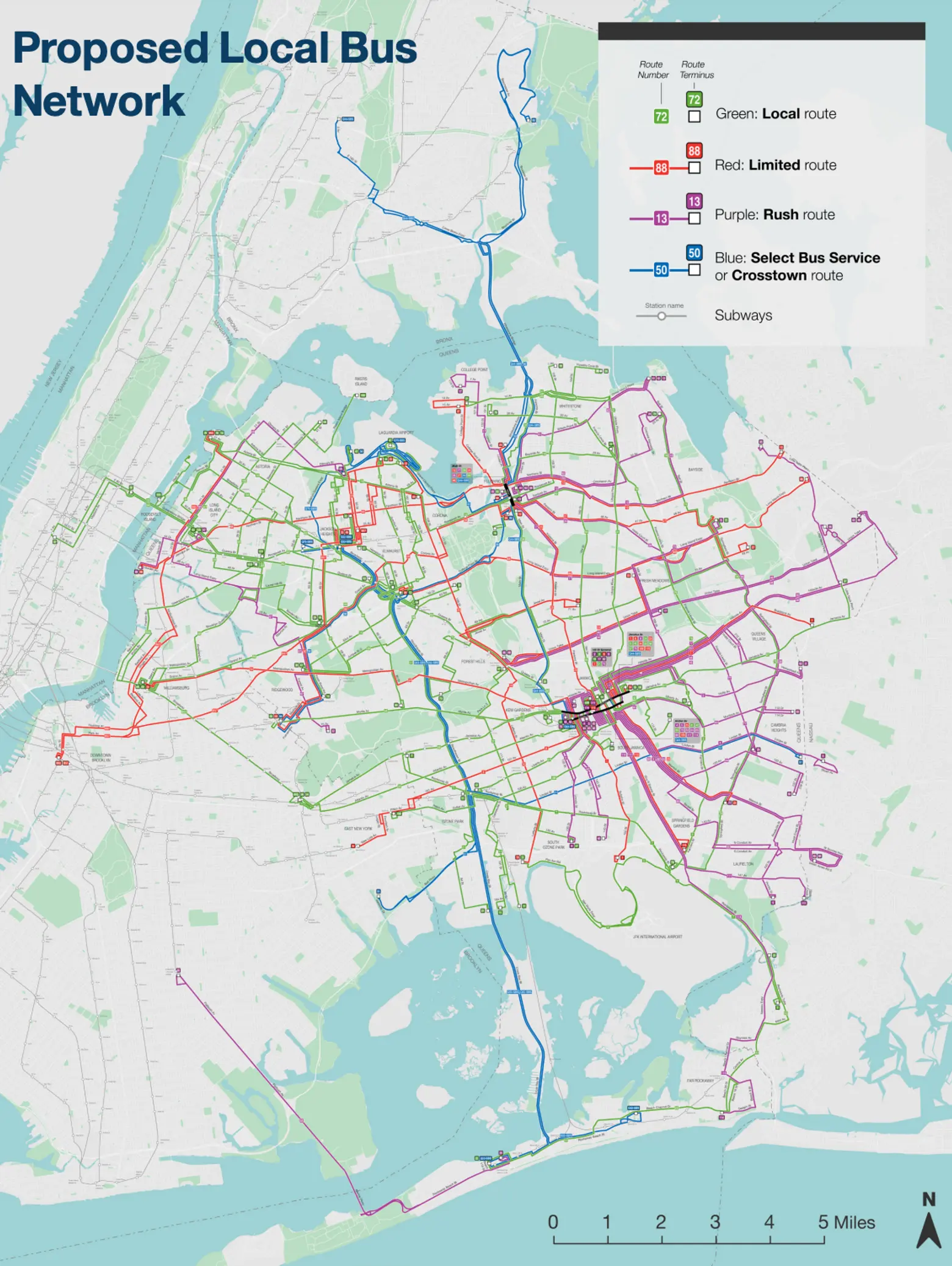
Proposed local bus network; Courtesy of the MTA
This is the MTA’s third borough redesign, following the rollout of express buses on Staten Island in 2018 and the Bronx last year. The draft plan falls under the city’s Fast Forward initiative, aimed at modernizing the city’s subway and bus systems.
“Queens may be the most important of the five boroughs because Queens has historically had less subway service relative to its size and population than other boroughs,” Janno Lieber, CEO of the MTA, said Tuesday.
Queens residents expressed concerns over the 2019 plan’s changes to route realignments and shortenings, connections to major subway stations, bus stops, and changing the route labels to “QT” and “QMT” instead of “Q.”
The plan released on Tuesday makes meaningful changes, but routes maintain the “Q” name and many lines will be adjusted instead of replaced. As amNewYork Metro first reported, the new draft has 85 routes, up from the 82 currently in the borough. Of that, 20 routes will be new and 17 will be extended. Other routes will be realigned or combined with existing routes.
Other changes include removing some bus stops to increase spacing between stops and boost bus speed. The MTA is proposing changing the space between bus stops on local routes from 818 feet to 1,198 feet apart.
Prior to the pandemic, bus ridership in Queens fell 5.3 percent from 2014 to 2019, with about 40,000 fewer daily boardings on average. The MTA points to the slow bus speeds, decreased reliability, and demographic changes as causes of this drop in ridership.
To gather feedback from every neighborhood, the agency will host 14 virtual public workshops starting on April 18 for residents of every community board in the borough. You can register here.
You can also use the Remix map to view the MTA’s proposed bus routes and stops and provide comments on both the local bus network and express bus network plans.
RELATED:
